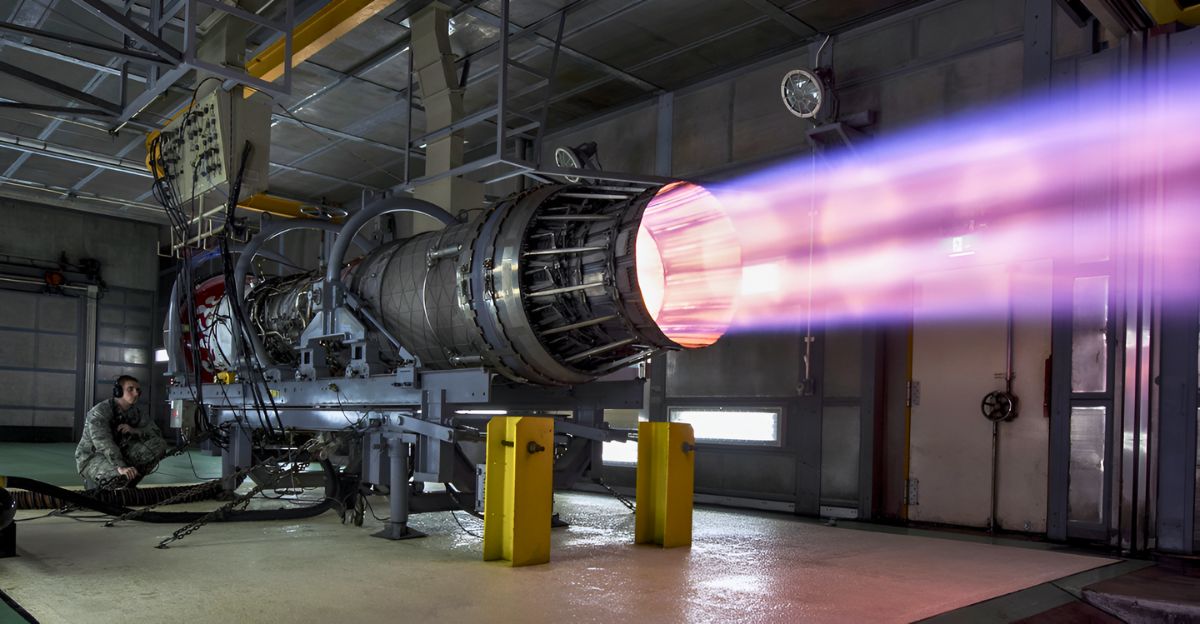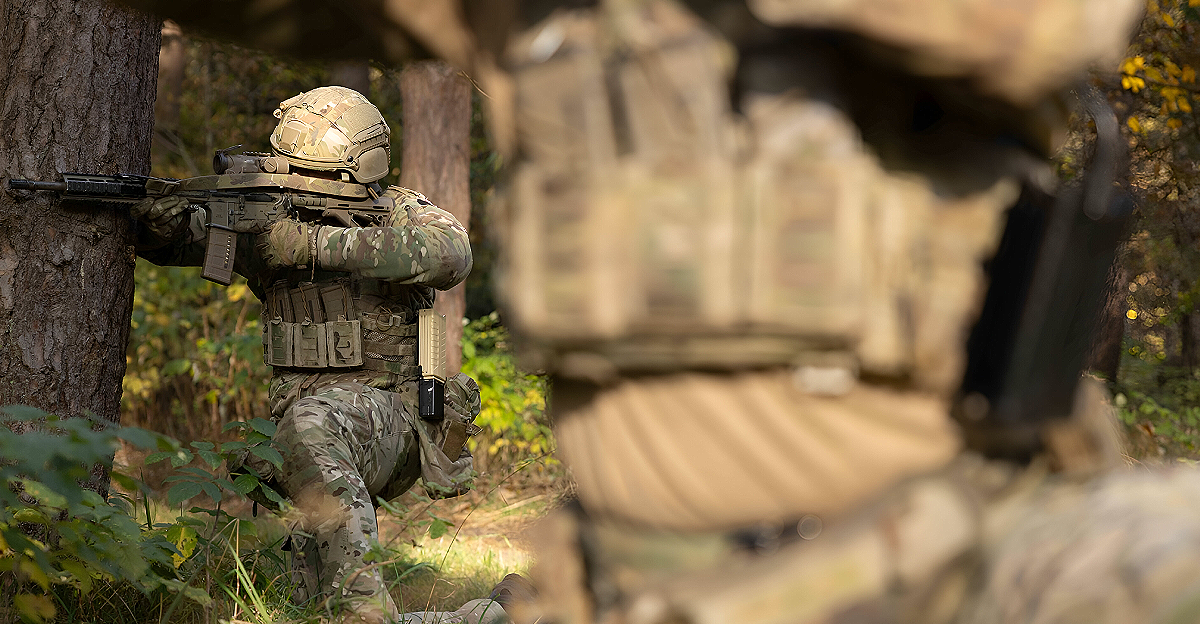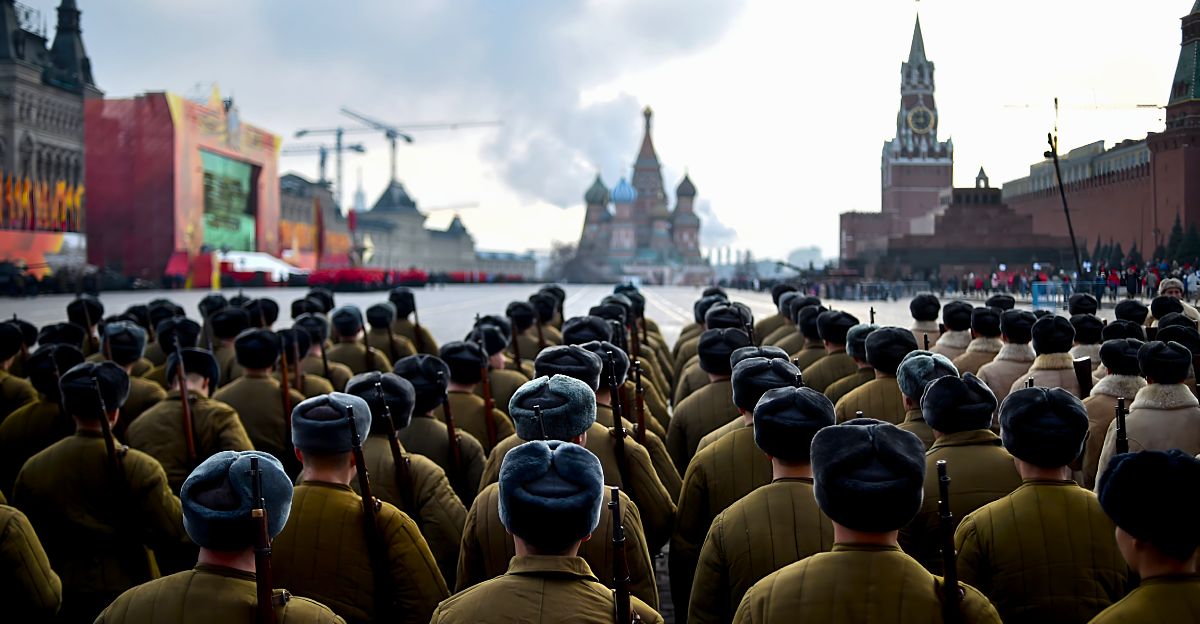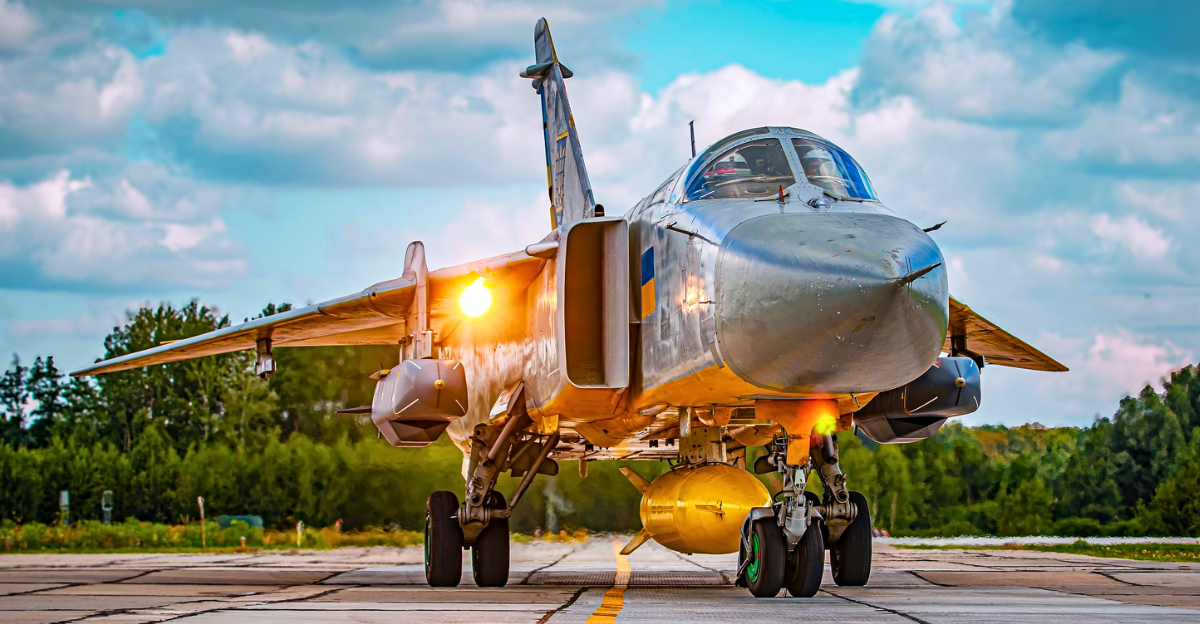
A paradigm shift in contemporary warfare has occurred with Ukraine’s use of Storm Shadow missiles against Russian headquarters. With a maximum range of 250 kilometers, these Anglo-French cruise missiles are intended for accurate attacks on valuable, fortified targets. By using them, Ukraine has been able to strike vital infrastructure, logistics hubs, and Russian command centers located far behind enemy lines, radically changing the operational equation for both sides.
It is impossible to overestimate the strategic and psychological effects of these strikes, which have compelled Russia to reconsider its resource allocations and defensive postures. More significantly, Kyiv’s ability to project power beyond frontline engagements, from reactive defense to proactive strategic offense, has advanced considerably with the addition of Storm Shadow missiles to Ukraine’s arsenal.
Historical Precedent

Storm Shadow’s combat-proven heritage is the foundation of its efficacy in Ukraine. Since the UK’s initial use of the missile in Iraq in 2003, it has been used in Libya, Syria, and now Ukraine, continuously proving its capacity to breach sophisticated air defenses and eliminate hardened targets. In order to maximize internal damage, its two-stage BROACH warhead is designed to breach bunkers and explode inside.
Its current standing as a game-changer in Ukraine is supported by its history of accuracy and resilience. Furthermore, Ukraine has been able to optimize missile use in a contested airspace environment by adapting tactics and deployment strategies based on operational lessons learned from prior conflicts.
Disruption in Strategy

Russian operational security has been disrupted by the arrival of the Storm Shadow. High-ranking officials, including Major General Sergey Goryachev, have been killed by Ukrainian strikes, which have also destroyed important headquarters, including the command center for the Russian Black Sea Fleet. In addition to removing critical leadership, these attacks have interfered with Russian summer offensives and logistics, causing Moscow to move command centers and distribute supplies.
Beyond just causing short-term tactical setbacks, this disruption erodes Russian trust in their rear-area security and makes multifront coordination more difficult. As a result of these strikes, Russia’s operational pace has slowed, logistical bottlenecks have grown, and a defensive posture that limits offensive flexibility has been imposed.
Warfare in the Mind

In addition to causing physical devastation, Storm Shadow strikes have seriously damaged the morale of Russian forces. Because commanders now constantly face the threat of sudden, precise annihilation, the knowledge that no headquarters is truly safe has damaged morale and fostered a culture of fear. This cognitive assault impairs judgment, slows down the pace of operations, and compels Russian leaders to put their own security ahead of efficient leadership.
Because warfare is as much about subverting the will of the enemy as it is about destroying material, this psychological component is crucial. These strikes are unpredictable and invisible, which increases anxiety and causes overly cautious behavior, poor communication, and a higher chance of mistakes.
Superiority in Technology
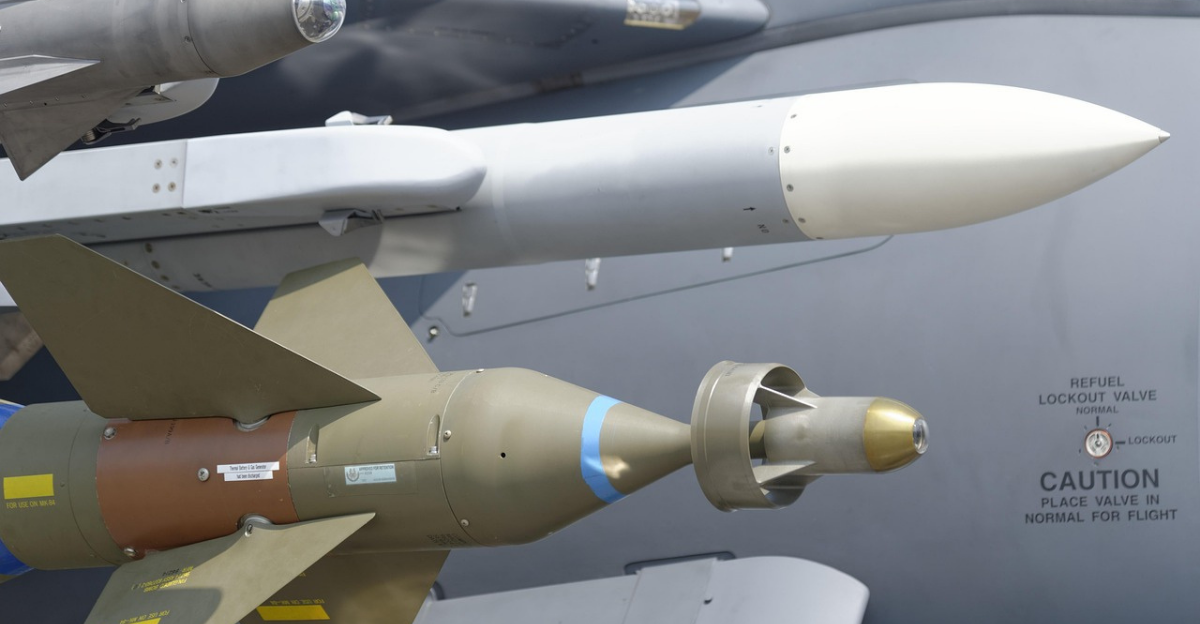
There is no denying Storm Shadow’s technological superiority. Even in situations where GPS is not available, its combination of inertial, GPS, and terrain-matching guidance guarantees precise accuracy. Interception is very challenging due to the missile’s low-altitude, stealthy approach and infrared terminal guidance. According to Ukraine’s Defense Ministry, reports show that every missile in Ukrainian hands hits its target with a near-100% success rate.
In order to counter increasingly complex air defense systems, multi-sensor fusion and adaptive flight paths are becoming commonplace in missile development, which is reflected in the technological sophistication. Additionally, the Storm Shadow’s modular design ensures its relevance in changing combat environments by allowing for possible future upgrades.
Tactical Innovation and Resource Limitations

Storm Shadows cost almost $1 million each, making them a limited resource despite their effectiveness. In a tactically clever response, Ukraine has combined these missiles with decoys and hordes of less expensive drones to overwhelm and perplex Russian air defenses. By maximizing each missile’s impact and lowering the chance of interception, this hybrid approach guarantees that high-value targets are hit.
This resource-conscious approach demonstrates how Ukraine can use asymmetric strategies to get around material constraints by fusing cutting-edge Western technology with homegrown creativity. Furthermore, combining missile strikes with cyber and electronic warfare is an example of a multi-domain strategy that makes Russian defensive reactions more difficult. Technology, strategy, and resource management working together harmoniously is a hallmark of contemporary warfare and a key component of Ukraine’s tenacious resistance.
Effects of the Second and Third Orders

Storm Shadow’s strikes have far-reaching consequences that go well beyond the immediate devastation. Ukraine has created systemic vulnerabilities that Russia can exploit in future operations by forcing it to disperse its command structures and air defenses. Russian defensive power is weakened by having to defend a larger range of targets, which makes it more difficult to safeguard assets that are actually vital.
As Western countries witness observable outcomes from their military assistance, these impacts also impact diplomatic dynamics by strengthening political will to maintain support. Internal discussions regarding war strategy and goals may intensify on the Russian side due to the strain on military resources and morale. The ensuing political and operational repercussions highlight how precision strikes can have significant effects outside of the battlefield.
Extreme and Contrarian Viewpoints

According to conventional wisdom, the risks of escalation outweigh the advantages of long-range strikes. But this narrative is called into question by Ukraine’s use of Storm Shadows. Ukraine has kept Western support while disproportionately harming Russian forces by focusing only on military targets inside its own borders. Although Russia’s updated doctrine has been cited by some analysts to warn of possible nuclear escalation, the measured use of these missiles has so far avoided going over red lines.
This measured risk-taking is an example of a new asymmetric warfare paradigm in which caution and accuracy can result in significant strategic advantages. This strategy also contradicts the conventional deterrence models, which presume that escalation will unavoidably get out of hand.
Distinct Mashups and Frameworks

The Storm Shadow campaign can be analyzed using the concept of “cognitive attrition,” which prioritizes the weakening of enemy unity and will over outright physical devastation. Ukraine has weaponized uncertainty itself by fusing psychological warfare with advanced missiles. This strategy is in line with current developments in cybersecurity, where the risk of undetectable, unpredictable attacks can be just as harmful as real breaches.
The art of contemporary warfare is being redefined by the unique mashup of Ukrainian ingenuity, Western technology, and information warfare. In order to comprehend how modern warfare increasingly targets the mind and networks as much as physical assets, this conceptual framework encourages a multidisciplinary analysis that draws from information technology, psychology, and military science.
Conclusion

In addition to causing physical devastation, Ukraine’s Storm Shadow strikes have wreaked a kind of “Heaven’s Wrath” on Russian headquarters by radically changing the war’s strategic and psychological terrain. By allowing Ukraine to punch well above its weight and putting Russia in a defensive, reactive stance, these missiles have demonstrated their value as force multipliers. From lowered morale to systemic vulnerabilities, the second- and third-order effects highlight the transformative potential of accuracy, technology, and strategic innovation.
The lessons learned from Ukraine’s use of these missiles will probably have a lasting impact on defense procurement, alliance strategies, and military doctrines around the world for decades to come. This will usher in a new era in which precision long-range strike capabilities are essential for both combat and deterrence operations.


